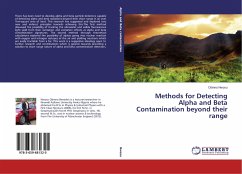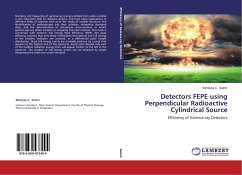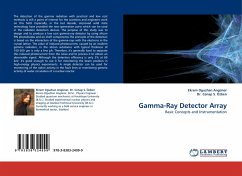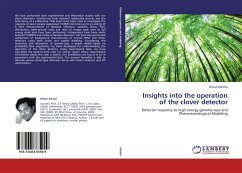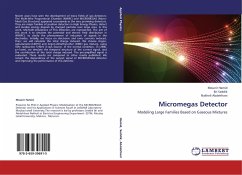Tissue equivalent proportional counters are frequently used to measure dose and dose equivalent in mixed radiation fields that include neutrons; however, detectors simulating sites 1µm in diameter underestimate the quality factor, Q, for low energy neutrons because the recoil protons do not cross the detectors. Proportional counters simulating different site-sizes can be used to get a better neutron dose equivalent measurement since the range and stopping power of protons generated by neutrons in the tissue-equivalent walls depend on the energy of the primary neutrons. The differences in the spectra measured by different size detectors will provide additional information on the incident neutron energy.
Bitte wählen Sie Ihr Anliegen aus.
Rechnungen
Retourenschein anfordern
Bestellstatus
Storno



